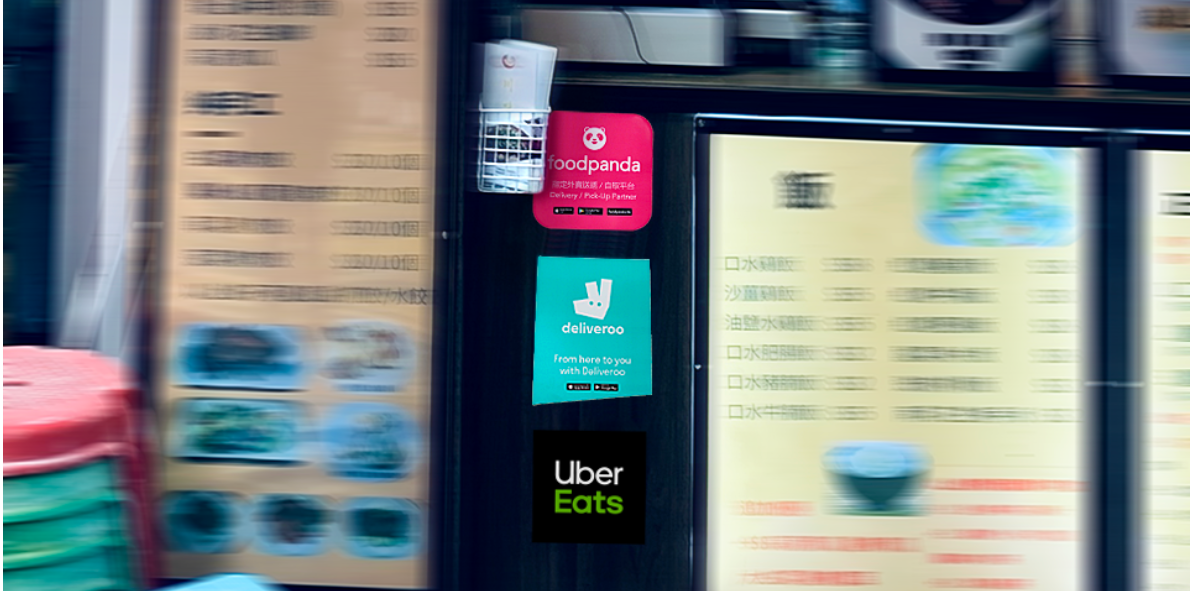In January 2020, mortgage delinquencies were at a generational low. After the pandemic hit, many families, especially those working in service occupations that entail in-person contact, faced a large income shock through job loss, illness, or death of a family member. Places that were hardest hit by job loss saw the biggest spikes in past-due loans over the last year. Nationwide, the CoreLogic Loan Performance Indicators reported past-due rates up by 2 percentage points last year. In Hawaii and Nevada past-due rates jumped 4 percentage points.
The commercial aviation industry is attempting to make a comeback from its pandemic-induced fallout. Despite favorable tailwinds, the road to recovery will almost certainly drag into 2021 and beyond. After a staggering drop of more than 60% in 2020, global air travel demand will not likely return to pre-COVID levels until 2022. U.S. air travel volumes are still half the normal levels and aren't expected to pick up until late 2021.
In this Placer Bytes, we look at two of retail’s strongest in Five Below and Michaels and break down the potential for a Belk recovery. Five Below is among the most interesting brands to watch as it is seeing exceptional offline strength heading into a period where its value offering could be even more attractive. Following a dip in year-over-year visits driven by the pandemic, the brand quickly saw visits return to year-over-year growth by July 2020.
Amid the recent warm weather, roadmap announcements and continuing restrictions, park usage has increased significantly during February. Building on our recent coverage of this trend, new data from Huq Industries reveals that the driving force behind park visits are those in their 30s, out-stripping those in their 40s by 15pts and those in their 20s by 20pts.
With fossil fuels on their way out and renewable energy gaining an ever greater foothold, the energy sector is in transition. Recent events like the winter storms in Texas, and their impact on the state’s power grid, have brought conversations about renewable energy to the forefront. Add these new conversations to ongoing concern over climate change, and it is apparent that public sentiment around traditional vs. renewable energy is shifting.
In a blog post last week markets with notable population change from 2017 through 2019 according to the US Census Bureau were mentioned. As a follow-up to that, in this post smaller markets that have stood out regarding population change over that same period of time will be the focus. This time, rather than total population change, population percent change will be used. Because each ALN market contains only complete metropolitan statistical areas (MSAs), MSAs will be combined where appropriate to represent whole ALN markets. No market had a higher total population percent change increase from 2017 through 2019 than Fayetteville, NC.
With shoppers unable to see friends and family during the COVID-19 pandemic, gifting surged. But with almost 20% of the country vaccinated and grandparents able to hug their grandchildren again, will these trends slow? In today’s insight flash, we look at the trajectory of gifting trends, as well as which shoppers were most likely to be gift givers and which brands saw the biggest boost. Throughout the pandemic, Specialty Food/Drinks saw the largest jump in spend among gifting options, with spend nearly doubling in April 2020 vs. the prior year April.
In this Placer Bytes, we dive into Ulta’s performance, Sephora’s expansion plans, and the continued rise of Citi Trends. It’s becoming increasingly clear that Ulta resides in a stratosphere reserved for retail’s top players. After delivering a very strong 2020, especially considering the context, the brand had one of the fastest starts to 2021.
Visits to England’s parks and gardens have surged past pre-Covid levels in recent weeks as warmer weather and light at the end of the lockdown tunnel coaxes people out for walks. Park-going stood at two-thirds of year-on-year levels at the end of 2020 – 30pts higher than the first national lockdown – before starting to climb again at the start of February.
When TJX reported sales performance recently, investors were surprised to learn that while US sales were strengthening, international sales were weaker due to new rounds of store closures. Our data picked up on the trends in both geographies, allowing both investors and corporations to appropriately understand business trends worldwide.
In-person visits to UK supermarkets during the second national lockdown has been consistently lower than in May with high-frequency data suggesting that the shift towards online grocery shopping is becoming entrenched. In-store supermarket footfall fell by around 25% during the first national lockdown almost a year ago before regaining near normal levels in the Autumn. However, during this latest national lockdown in-person visits have declined to 50% – a reduction of a further 25pts.
The United States recently hit a grim milestone, with more than 500,000 lives lost to the COVID-19 pandemic. As that number continues to climb, the federal government is stepping up its vaccination push, increasing the number of vaccines it distributes to states. Last week, the government said states were on track to receive 14.5 million doses. This marks a substantial increase from 13.5 million vaccines received the previous week, and 8.6 million in President Biden’s first week in office.
The Dodge Momentum Index rose 7.1% in February to 149.0 (2000=100) from the revised January reading of 139.1. The Momentum Index, issued by Dodge Data & Analytics, is a monthly measure of the first (or initial) report for nonresidential building projects in planning, which have been shown to lead construction spending for nonresidential buildings by a full year. The institutional component of the Momentum Index jumped 26.3% during the month, while the commercial component was essentially flat.
In this Placer Bytes, we dive into Dollar General’s continued strength and the recoveries of Gap and Old Navy. Dollar General has seen exceptional growth in the last year with every month since January 2020 showing year-over-year increases. And while the jumps themselves are good enough, it’s the continuity of these increases that makes them all the more impressive. Even as COVID cases surged in November, visits continued to remain up 8.9% year over year, and this continued with December and January up 5.3% and 7.5% respectively.
While we’ve had a solid track record over the years with our non-farm payroll forecasts, it’s not often that we’ve actually written in advance the Bloomberg Chyron for jobs Friday, so it’s hard to pass up on the opportunity to start with the images below from last month – starting with our NFP forecast email alert and the Bloomberg screenshot the following day. And unfortunately, our job market data is giving strong indications that February’s jobs report will be equally as disappointing.
The COVID-19 pandemic has changed shopper behaviors dramatically over the last year, especially in accelerating the adoption of online shopping. As vaccines roll out to more and more consumers, will this behavior revert back? In this week’s Insight Flash, we take advantage of our demographic variables to dig into changes in spending habits, particularly among the 65+ age group that is getting the vaccine first in most states.
The Association of American Railroads (AAR) today reported U.S. rail traffic for the week ending February 27, 2021, as well as volumes for February 2021. U.S. railroads originated 824,636 carloads in February 2021, down 11.1 percent, or 102,972 carloads, from February 2020. U.S. railroads also originated 1,015,995 containers and trailers in February 2021, up 1.8 percent, or 18,184 units, from the same month last year.
The number of people visiting city centres jumped by 10% following Boris’ roadmap announcements on 22 February, suggesting that light at the end of the tunnel and more confidence in the vaccine programme could be causing lockdown compliance to slip.
Prior to the pandemic, Costco has been among the most consistently strong performers in all of retail with year over year visit growth essentially a given. On the other hand, BJ’s Wholesale had been the clear third wheel in the battle for wholesale club supremacy. Yet, since the pandemic, visits to the former have been up and down, while BJ’s has been one of the most impressive players with near ongoing year-over-year growth. So what does it all mean and how did traffic unfold in late 2020 and January 2021?
In previous outputs we have looked extensively at how footfall across UK urban centres has changed in response to Covid-19, and more recently at how catchment areas have undergone similar transformation over the same period. In this analysis we use our mobile geo-location data to explore how dwell time – the duration of visitors to high-streets and town centres – has changed in the past 14 months and contrast those differences by income group.































































